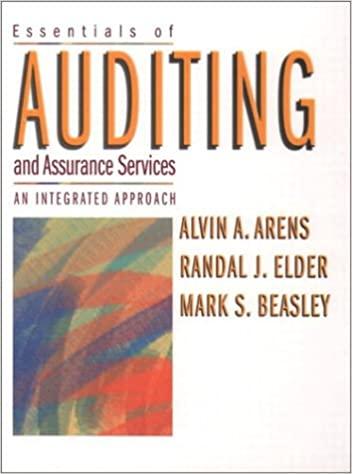Sawmill: Joint manufacturing costs: $900,000 Fabric Plant: Budgeted overhead: $1,200,000 ( 50% fixed) Practical volume (direct labor hours): 120,000 hours Actual overhead: $1,150,000 ( 50% fixed) Actual hours worked: Departmental data on Fabric FB70 (actual costs and actual outcomes): Proposed standard cost sheet for Fabric FB70 (for the Coloring and Bolting Furniture Plant: Departmental data (budgeted): After some discussion with the furniture plant controller, Gisela decided to use machine hours to calculate the overhead rate for the Cutting Department and direct labor hours for the Assembly Department rate (the Cutting Department was more automated than the Assembly Department). As part of her report, she wanted to compare the effects of plantwide rates and departmental rates on the cost of jobs. She wanted to know if overhead costing could be the source of the pricing problems the company was experiencing. To assess the effect of the different overhead assignment procedures, Gisela decided to examine two prospective jobs. One job, Job A500, could produce 500 sofas, using a frequently requested style and Fabric FB70. Bids on this type of job were being lost more frequently to competitors. The second job, Job B75, would produce 75 specially designed recliners. This job involved a new design and was more difficult for the workers to build. It involved some special cutting requirements and an unfamiliar assembly. Recently, the company seemed to be winning more bids on jobs of this type. To compute the costs of the two jobs, Gisela assembled the following information on the two jobs: Required: 1. Complete the following table by calculating the sawmill's cost per board for each grade using both the physical units method and the sales-value-at-split-off method. Begin by allocating the joint manufacturing costs to each grade, and calculate the cost per board foot for each grade using each method. Round unit cost answers to two decimal places. a. Physical units method of allocation: Sales-value-at-split-off method: 1. Complete the following table by calculating the sawmill's cost per board for each grade using both the physical units method and the sales-value-at-split-off method. Begin by allocating the joint manufacturing costs to each grade, and calculate the cost per board foot for each grade using each method. Round unit cost answers to two decimal places. a. Physical units method of allocation: Sales-value-at-split-off method: Sawmill Cost and Production Data b. Given that the sawmill provides lumber at cost to the furniture plant, using the sales-value-at-split-off method the cost of Job A500 by $ and the cost of Job 875 by $ c. The physical units method, often used in the lumber industry, essentially assumes that it costs to produce each board foot the grade. Thus, cost of lumber would be assigned to a sofa or chair which grade is used. This approach has some drawbacks. Intuitively, the higher grades should cost . Certainly, if the company was buying this input from suppliers, there would be for sofas and chairs the grade of lumber purchased, because the higher grades have a selling price










